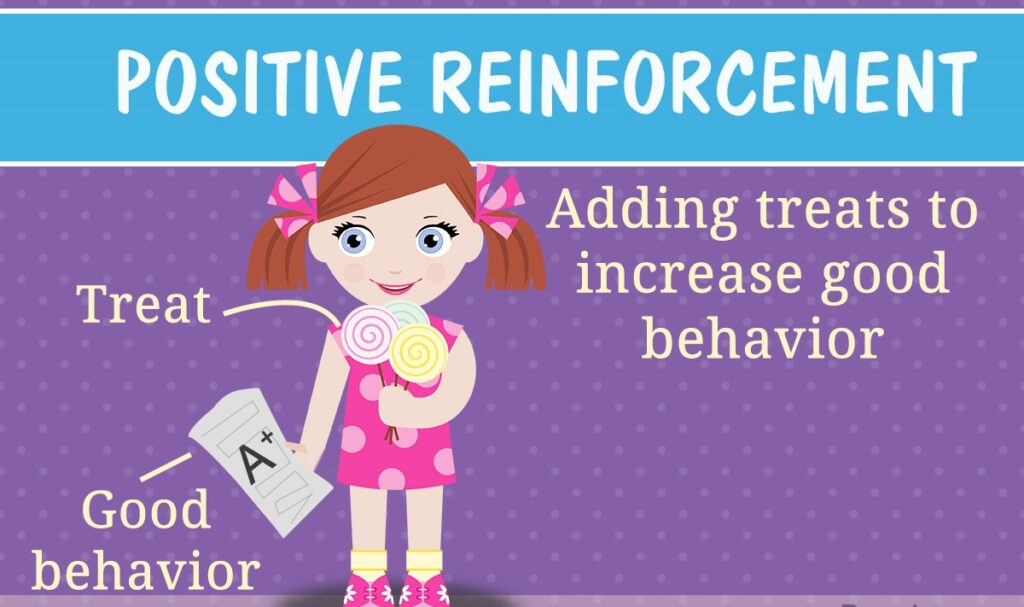Positive reinforcement is one of the most powerful tools we have as adults. It can be used in our relationships, careers, studies, and lives to achieve great things. In this blog post, we will explore what positive reinforcement is, how it works, the science behind it, and some examples of how to use it. We will also hear from experts in the field about their experiences with positive reinforcement. Finally, we will look at a case study to see how positive reinforcement can be used in real life.
Contents
Understanding Positive Reinforcement
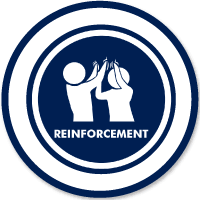
Positive reinforcement is the process of rewarding a behavior to increase the likelihood of that behavior being repeated. It can be used in any area of our lives and is incredibly effective.
It works on the principle that we are hardwired to seek out pleasure and avoid pain. So when we use positive reinforcement effectively, we are taking advantage of our natural tendencies and motivating ourselves to do the things we want to do.
History And Development
The use of positive reinforcement can be traced back to the early 1800s when it was first used in animal training. In 1937, B.F. Skinner published his book “The Behavior of Organisms” in which he outlined the principles of operant conditioning. Skinner’s work revolutionized the field of psychology and is still considered to be some of the most important work on the topic today.
How Does It Work
There are three primary elements involved in positive reinforcement:
- Reinforcer: The thing that is given to the person after they exhibit the desired behavior.
- Reinforcing stimulus: The thing that causes the reinforcer to be given.
- Behavior: The action or actions that are being reinforced.
Science Behind Positive Reinforcement
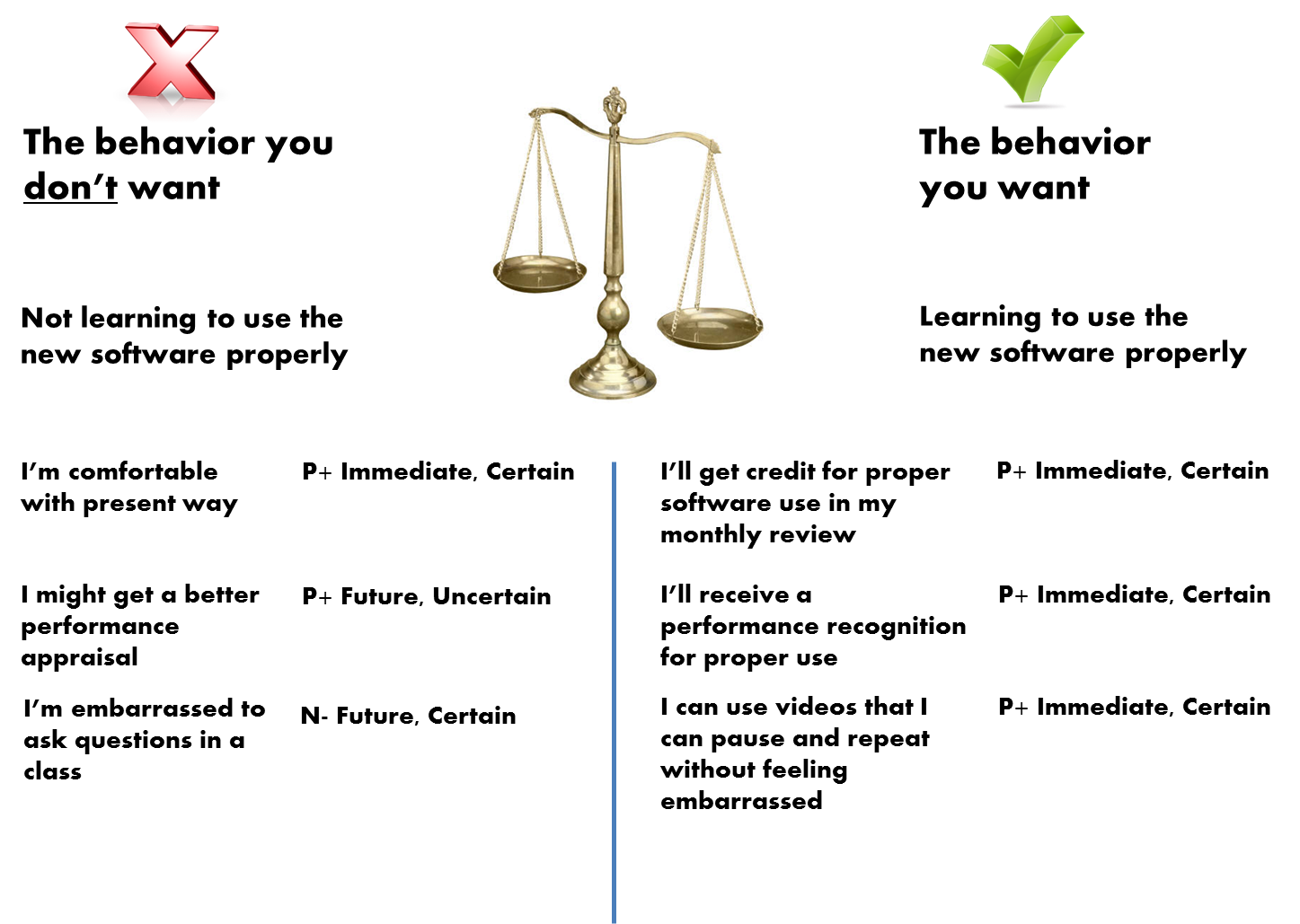
There is a great deal of scientific evidence that supports the use of positive reinforcement. There are now over 1000 studies on the topic. The science behind it is quite simple: when we are rewarded for a behavior, we are more likely to repeat that behavior.
Reinforcement Theory of Motivation
The reinforcement theory of motivation is a model that explains how we learn new behaviors. It was B.F. Skinner gave this theory and has its basis on the principles of operant conditioning. The reinforcement theory states that we are motivated to repeat behaviors that are reinforced, or rewarded.
Importance of Positive Reinforcement
Positive reinforcement is one of the most important tools we have as adults. It can be used in any area of our lives to achieve great things.
- In relationships, it can help us build stronger, more meaningful connections with others.
- In our studies, it can help us learn more effectively and get better grades.
- When it comes to our careers, it can help us achieve our goals and be more successful.
- And in life, it can help us create a happier, more fulfilling existence.
Positive Reinforcement Vs. Negative Reinforcement
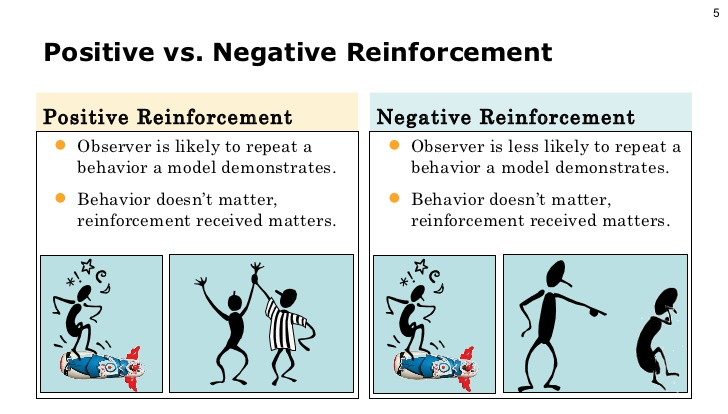
It is important to note the difference between positive reinforcement and negative reinforcement.
- Negative reinforcement is the process of removing an unpleasant condition after the desired behavior is exhibited. For example, if you study for a test and then don’t get punished for doing poorly. Then you might be more likely to study again to avoid getting punished.
- Positive reinforcement, on the other hand, is the process of rewarding a behavior to increase the likelihood of that behavior being repeated. For example, if you study for a test and get a good grade. Then you might be more likely to study again to get another good grade.
NOTE: Positive reinforcement increases the likelihood of a behavior being repeated. While negative reinforcement decreases the likelihood of a behavior being repeated. In other words, positive reinforcement rewards a behavior. While negative reinforcement punishes a behavior.
Limitations of Positive Reinforcement
While positive reinforcement is incredibly powerful, it does have some limitations.
- First, it only works if the person receiving the reinforcement is capable of understanding and responding to it.
- Second, it can be difficult to maintain over time.
- Finally, it can be less effective in certain situations. Such as when the behavior gets a reward or when the person has no motivation to change their behavior.
Practicing Positive Reinforcement
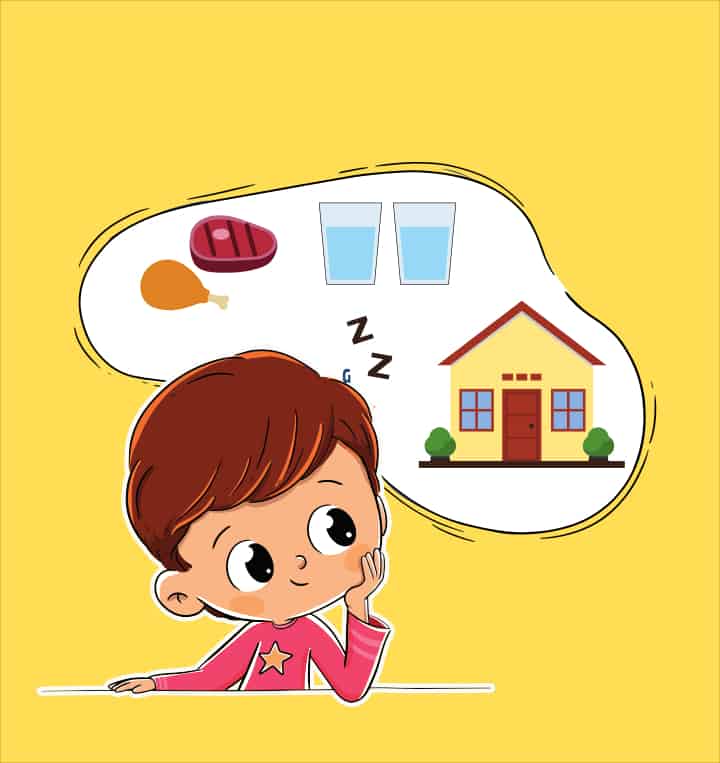
One important thing to consider when using positive reinforcement is how to evaluate it. There are a few things to keep in mind:
- Duration: The longer the behavior gets reinforcement, the stronger it will likely be.
- Intensity: The more intense the reinforcement, the stronger it will likely be.
- Frequency: The more often the reinforcement occurs, the stronger it will likely be.
NOTE: However, it can be difficult to know how to properly use positive reinforcement, but with a little practice, it can become second nature.
Positive Reinforcement Example In Relationships
In relationships, positive reinforcement can be a powerful tool for creating connection and intimacy. This can then lead to a more fulfilling and satisfying relationship. Some ways to use positive reinforcement in our relationships include:
- Giving compliments: Telling your partner that you think they are attractive, smart, or funny can be a great way to reinforce the behavior.
- Showing appreciation: Saying “thank you” for the little things your partner does can make them feel appreciated and loved.
- Touching: A hug, kiss, or pat on the back can be a powerful form of reinforcement.
Positive Reinforcement Example In Friendships
In friendships, positive reinforcement can help us to build closer, more meaningful relationships. This can then lead to a stronger friendship. Some ways to use positive reinforcement in our friendships include:
- Giving compliments: Telling your friend that you think they are attractive, smart, or funny can be a great way to reinforce the behavior.
- Showing appreciation: Saying “thank you” for the little things your friend does can make them feel appreciated and loved.
- Touching your friend: Doing it lovingly can make them feel loved and supported.
Positive Reinforcement Example In Parenting
In parenting, positive reinforcement can be a powerful tool for teaching children the behaviors we want them to exhibit. By giving positive reinforcement, we can promote better behavior in our children. Some ways to use positive reinforcement in parenting include:
- Praising children for their good deeds: Telling your child that you are proud of them for doing the right thing can be a great way to reinforce the behavior.
- Providing rewards: Giving children rewards such as stickers, toys, or privileges can be a powerful form of reinforcement.
- Using positive words: Telling your child that you are proud of them can make them feel good about themselves.
- Lovingly touching children: A hug, kiss, or pat on the back can be a powerful form of reinforcement.
Positive Reinforcement Example In Studies
In our studies, positive reinforcement can help us learn more effectively and get better grades. Some ways to use positive reinforcement in our studies include:
- Praising students: Giving students praise for their efforts can encourage them to continue working hard.
- Providing rewards: Offering rewards such as money, privileges, or special treatment can motivate students to do better.
Positive Reinforcement Example In Career
In our careers, positive reinforcement can be a powerful tool for achieving success. It can then lead to increased productivity and creativity. Some ways to use positive reinforcement in our careers include:
- Giving compliments: Telling your boss that you think they did a great job on the presentation can be a powerful way to reinforce the behavior.
- Showing appreciation: Saying “thank you” for allowing you to work on such an important project can make them feel appreciated and valued.
- Providing feedback: Letting your boss know what you think they could do better can help them improve their skills.
Positive Reinforcement Example In Life
In life, positive reinforcement can help us in several ways to help us achieve our goals. For example, we can use it to encourage healthy behaviors. Such as eating well and exercising regularly. However, some other ways to use positive reinforcement in life include:
- Setting goals: Telling yourself that you will treat yourself to a massage after you meet your goal weight can be a great way to reinforce the behavior.
- Giving compliments: Complimenting your friend on their new dress or telling your partner that you are proud of them can make them feel good about themselves.
- Providing support: Offering encouragement and positive words when things get tough can help someone stay on track.
NOTE: When we receive positive reinforcement for the things we do well, it makes us feel good about ourselves. Furthermore, it helps us to develop a sense of self-worth.
Hearing from Experts
There is a lot of research that supports the use of positive reinforcement. And we can learn a lot from the experts who study it. However, some things they have found include:
- The brain responds positively to positive reinforcement: When we get positive feedback, our brains release dopamine, which makes us feel happy.
- Positive reinforcement helps children learn: Research has shown that positive reinforcement can be an effective way to teach new behaviors to children.
- It can go in a variety of settings: Positive reinforcement can be helpful in any situation where we want to encourage better behavior.
Brain Activity During Positive Reinforcement
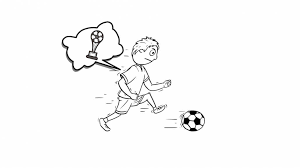
When we experience positive reinforcement, our brains show increased activity in the following areas:
- The nucleus accumbens, which is responsible for feelings of pleasure and reward.
- The ventral tegmental area is responsible for releasing dopamine (a neurotransmitter that makes us feel happy).
- The medial prefrontal cortex is responsible for regulating emotions.
- The anterior cingulate cortex is responsible for controlling attention and motivation.
Positive reinforcement can be a powerful tool for improving our lives in several ways. Thus, by understanding how it works and learning how to use it effectively, we can achieve greater success both at work and at home.
Case Study
Involving Children
To see how positive reinforcement can work in the real world, let’s take a look at a case study. In this study, a group of students gets positive reinforcement for their efforts in school. The results were impressive.
The students who received the positive reinforcement had higher grades. And got better test scores than the students who did not receive any reinforcement. Furthermore, they also felt more confident about their abilities. And were less likely to feel discouraged.
Involving An Adult
Now let’s take a look at how we can use positive reinforcement with an adult. In this case study, a manager receives positive reinforcement for meeting her goals.
The results were impressive. The manager felt more motivated and inspired to keep meeting her goals. Also, she felt appreciated by her boss and developed a better relationship with him.
Conclusion
Positive reinforcement is a powerful tool that we can use in a variety of ways to help us achieve our goals. Hence, when used correctly, it can lead to increased productivity and creativity. Furthermore, it births feelings of self-worth and happiness. So why not give it a try? It will be surprising to learn just how effective it can be.
A Word From Therapy Mantra
Your mental health — Your psychological, emotional, and social well-being — has an impact on every aspect of your life. Positive mental health essentially allows you to effectively deal with life’s everyday challenges.
At TherapyMantra, we have a team of therapists who provide affordable online therapy to assist you with issues such as depression, anxiety, stress, workplace Issues, addiction, relationship, OCD, LGBTQ, and PTSD. You can book a free therapy or download our free Android or iOS app.
